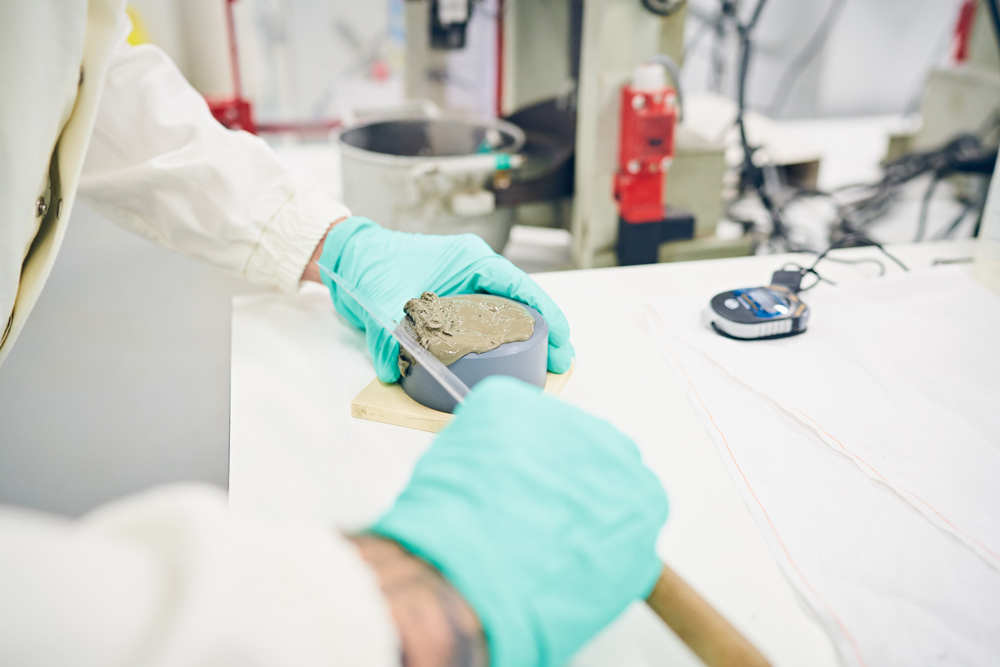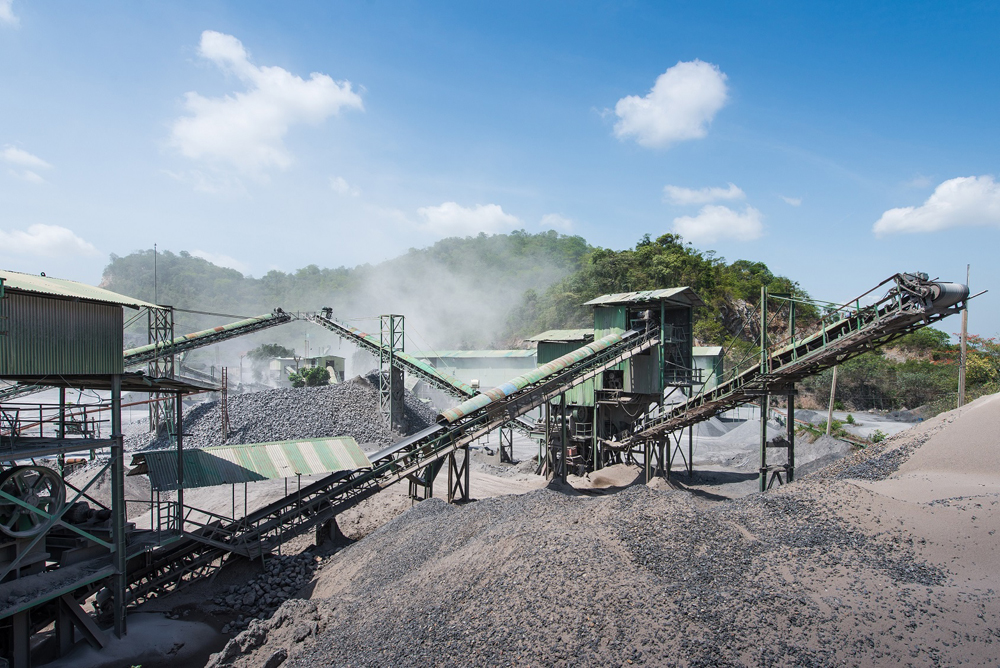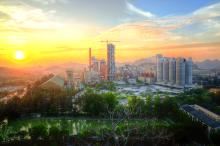
The GCCA Day 1 conference plenary session that took place on 6 October 2020 under the heading ‘Industry and Business Action – Towards Building the Sustainable World of Tomorrow’ involved an impressive line-up of top global business figures.
An interview with Pratima Rangarajan, chief executive, OGCI (Oil & Gas Climate Initiative) & Climate Investments, conducted by conference moderator, the renowned broadcaster Gavin Esler, was followed by a moderator-led panel discussion featuring Jan Jenisch, CEO of LafargeHolcim; Sanda Ojiambo, executive director, UN Global Compact; Daniel Balthasar, senior portfolio manager and head of Basic Industries & Utilities, Norges; and Mahendra Singhi, managing director and CEO of Dalmia Cement (Bharat) Limited.

The GCCA conference, the 3rd since the association’s creation, followed the milestone announcement in September 2020 of the GCCA’s Climate Ambition 2050, involving 40 of the world’s leading cement and concrete companies. The Climate Ambition 2050 outlines the industry’s aspiration to deliver society with carbon-neutral concrete by 2050. GCCA member companies, which account for 40% of global industry production capacity, are developing a 2050 concrete roadmap which will set out the detailed actions and milestones that the industry will enact to achieve its ambition. The roadmap is due to be published in the second half of 2021.
During her interview with Gavin Esler, Rangarajan outlined how the OGCI is a consortium of some of the world’s largest oil and gas producers, representing around 30% of all production. She said they came together to take joint, practical action on climate change just before the Paris Accord was signed. The Paris Accord, also known as the Paris Agreement, adopted at the Paris climate conference (COP21) in December 2015, sets out a global framework to avoid dangerous climate change by limiting global warming to well below 2°C and pursuing efforts to limit it to 1.5°C. It also aims to strengthen countries’ ability to deal with the impacts of climate change and support them in their efforts.
“Why did competitors come together? It was the realisation that the climate challenge is much too large a problem for any one company to tackle. In fact, we now realise it’s much too large for any one country to tackle,” said Rangarajan. “It’s taken a lot of leadership. When OGCI CEOs come together many times each year, they agree on a way forward. You can hear them debate, and there is passion and logic in their voices. We’ve achieved a lot already over the last three years. We collaborate across sectors and technologies. We set targets to 2025, and we measure every year against that. OGCI has more than $1 billion to invest in climate change projects, and we have made 19 investments in the last three years.”

In September 2020, French-Swiss building materials giant LafargeHolcim, the world’s largest building materials group, committed to further lowering its target for CO₂ intensity in cement to 475kg net CO₂/tonne of cementitious material by 2030.
Speaking during the GCCA panel-led discussion, group CEO Jenisch said: “Three years ago, before the industry CO₂ movement and the scientific evidence we now have on the need to change, we were in a totally different situation. The biggest challenge was educating myself and our company about the topic of climate change. Now, sustainability is at the top of my agenda.”
Dalmia Cement’s Mahendra Singhi, whose company is globally recognised for its ultra-low carbon footprint in cement production, said: “For the last ten years, we have been working on sustainability alongside profitability. We have one of the lowest cement carbon footprints globally at the same time as being the most profitable company in this sector in India. We are working towards producing carbon-negative cement by 2040.”

Asked by Esler whether India had distinct challenges when it came to reducing the carbon footprint of its cement production, Singhi said: “India thinks from a larger perspective. We have one of the world’s largest economies, and the Indian government is supportive of our sustainability efforts with its policies.”
Urged by Esler to respond to comments made by Daniel Balthasar that investors are keen to invest in companies who show sustained commitment to improving their and their wider industry’s sustainability, Jenisch said: “We all know that there are immense needs globally for new housing and infrastructure, and we need to find ways to make this happen. But, of course, it needs to be done sustainably. I am very pleased we now have a footmark on how we can do that.
“When we committed to a carbon-zero concrete approach, it was done after talking to our people all over the globe. You have to take your employees with you on this. We have 72,000 employees, and they and their families have a big interest in making us the most sustainable business we can be.

“It’s important that all [cement and concrete industry] companies work together. I think the GCCA needs to go forward and influence all the key global policymakers that green construction has become a must. We have a lot of innovation in the pipeline – for greener cement and other products. We also need building regulations to follow and support all the great sustainability ideas that we have.”
On whether structural changes had been made to Dalmia Cement to enable to company to follow a more sustainable production path, Singhi said: “It was about having a change of mindset among our staff and our stakeholders. There was nothing else stopping us on this. Our carbon footprints are now just 60% of the [industry] global average. The most important thing for us is working out how we 100% replace fossil fuel in production. We are reducing our CO₂ emissions month to month, year to year. By 2030, 10% of our production will use renewable energy; this will include solar and wind power.”
The two-day GCCA annual conference also saw delegates discuss health and safety, best practices and reporting, thought leadership and resilience, and the role of innovation in building a more sustainable world. The showpiece event coincided with the association’s annual general meeting, staged online on 8 October.










